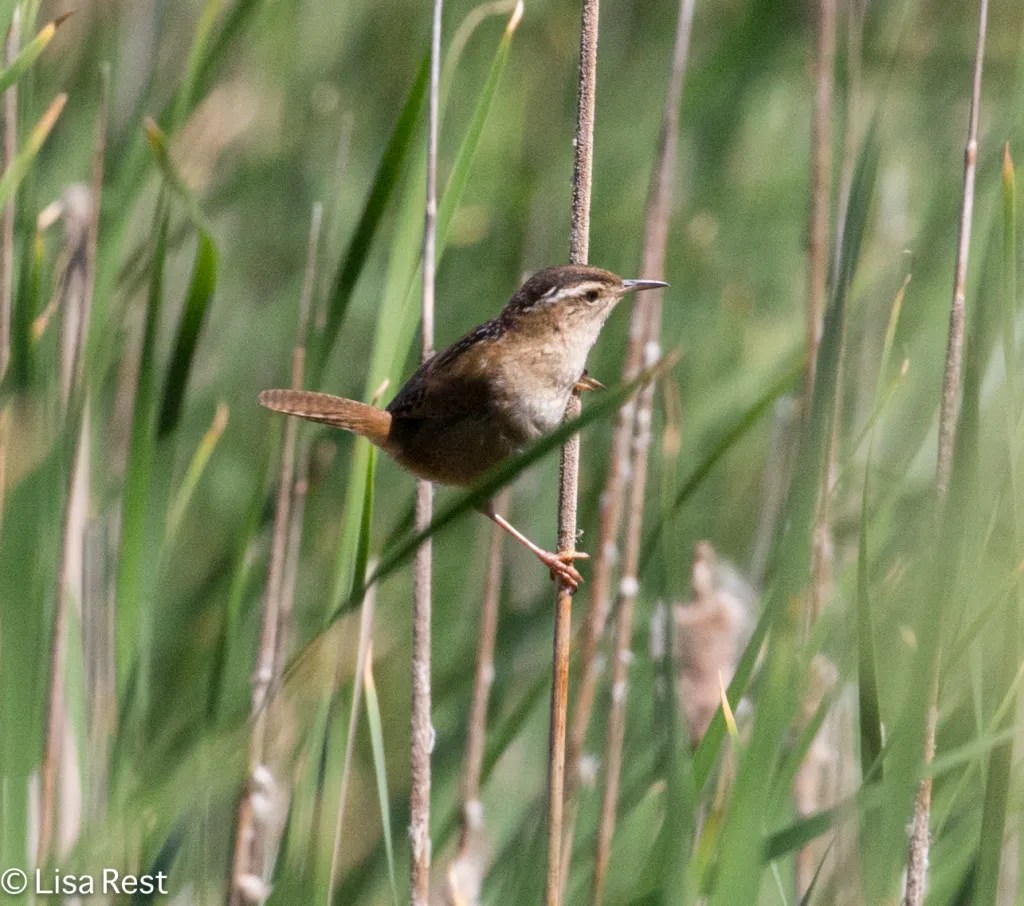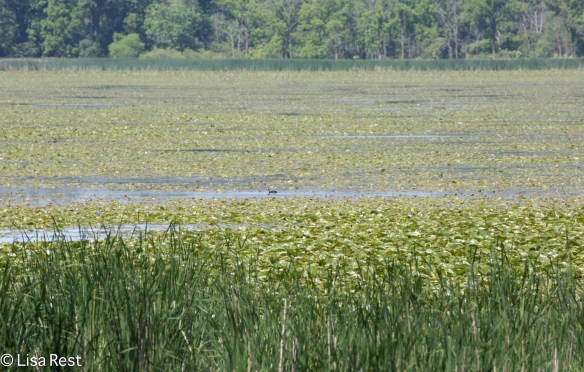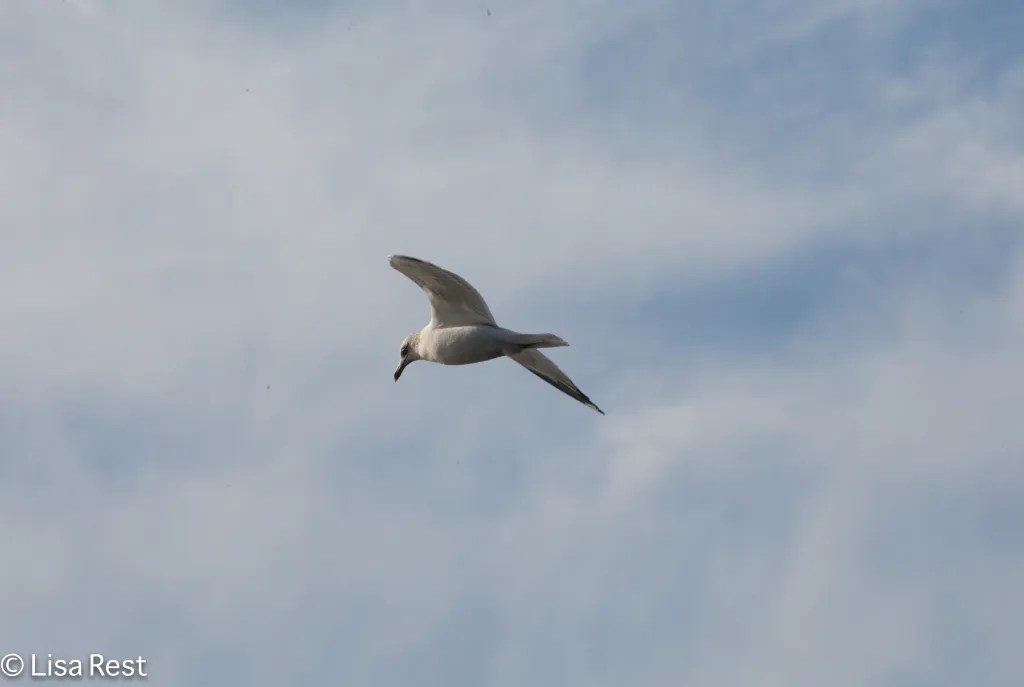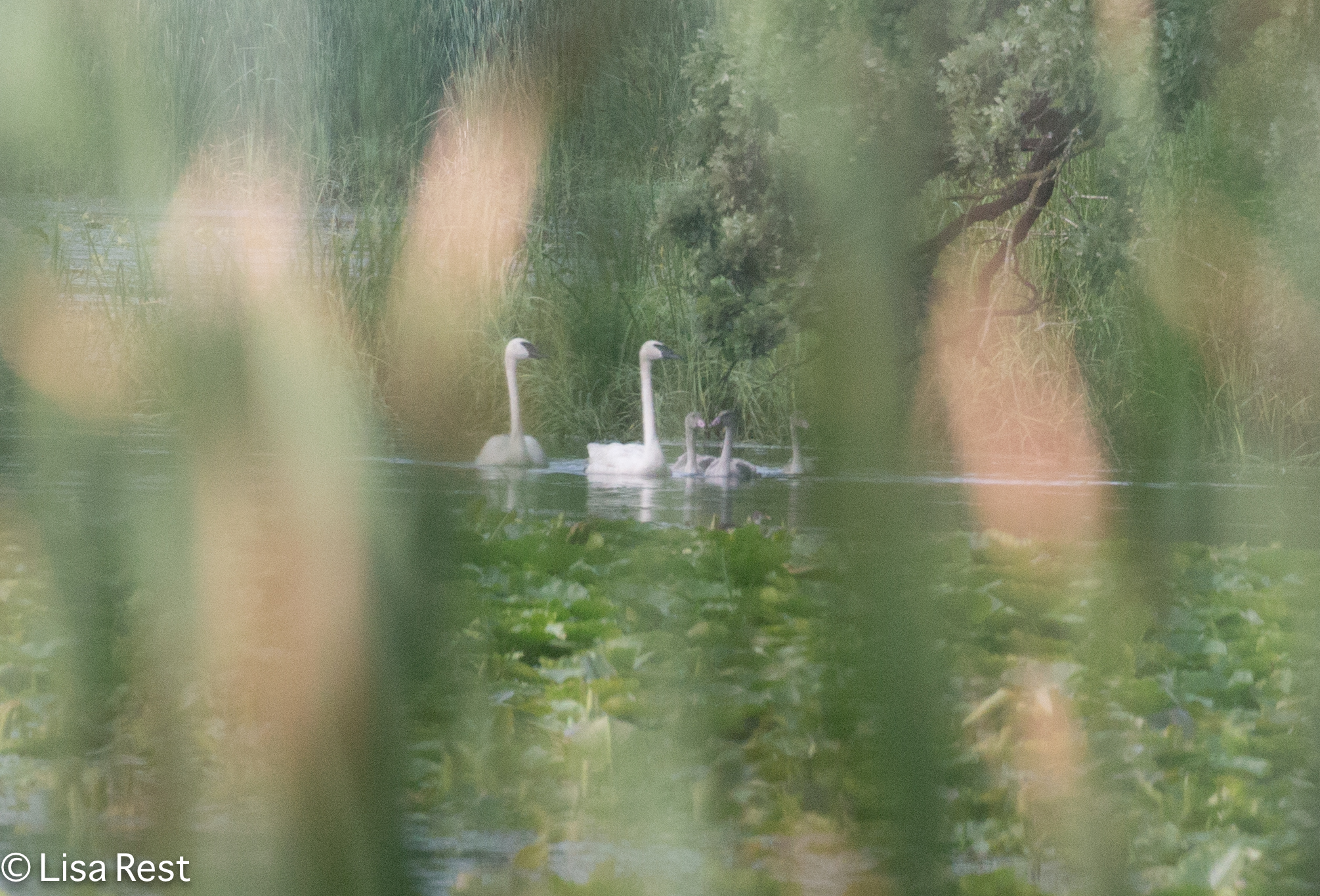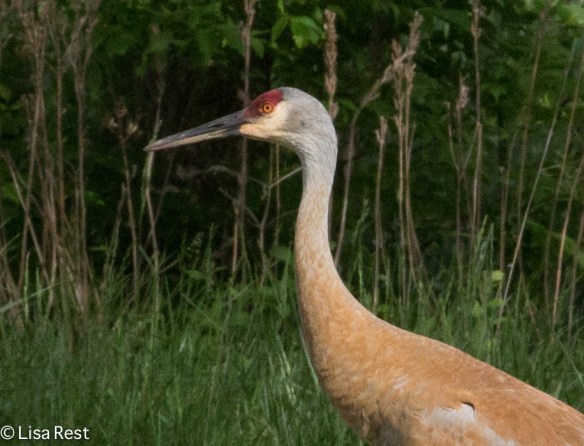
I was going to the Chicago Portage Tuesday morning, but the gates were locked with big “CLOSED” signs. Since last week we found out that the park service was preparing the site around the statue for planting native plants, we can only surmise the work has begun. The parking lot was full of workers and big trucks.
I had errands to run and it was too early to start them, so I decided to visit McGinnis Slough because I hadn’t been there in a while. The first birds I saw were a Great Egret, a Green Heron and a Great Blue Heron.

I found some land birds off the trail, such as the Song Sparrow and Baltimore Oriole below.
As I started to walk back to check out the main slough, a male Rose-breasted Grosbeak landed right in front of me.




I took note of other birds I encountered along the way.

Common Grackles seem to be abundant this year everywhere I go. There were some encounters between some grackles and the Red-winged Blackbirds.


I took a close-up of an interesting-looking grass head. I suspect it looks quite different because of how dry everything is.

Here’s what the slough looked like from the observation point at the end of the trail. There was no visible water.

On the way back I captured a somewhat fractious encounter between what appeared to be a juvenile Common Grackle and a male Red-winged Blackbird.
An Eastern Kingbird left its perch and flew right over my head.

When I got around to the south end where there is some open water, the first bird I saw was a wet Double-crested Cormorant drying off in the sun.
If this year is like previous years, this will be the perch spot for Wood Ducks in August.

There were a few Wood Ducks available. And a mother Mallard with her ducklings.
One more of the Mallard clan.

The Portage was still closed today. I expect it will be closed again tomorrow morning.

While I am eager to see what has been done at the Chicago Portage, I also need to do a lot of garden cleanup in preparation for my participation in the West Cook Wild Ones 2023 Native Garden Tour. So, while workers are putting native plants around the statue at the Chicago Portage, I can be managing my native plant jungle.





















































